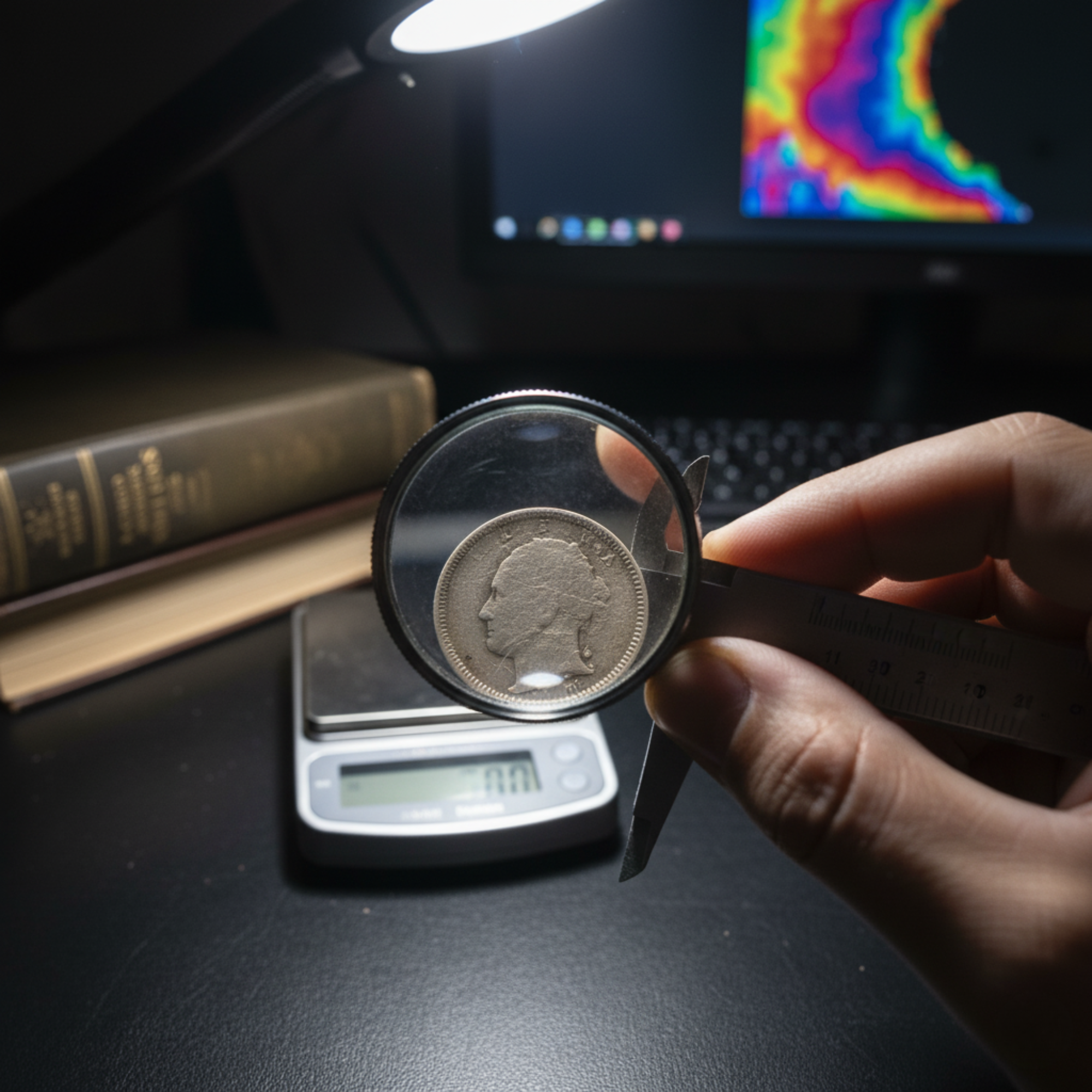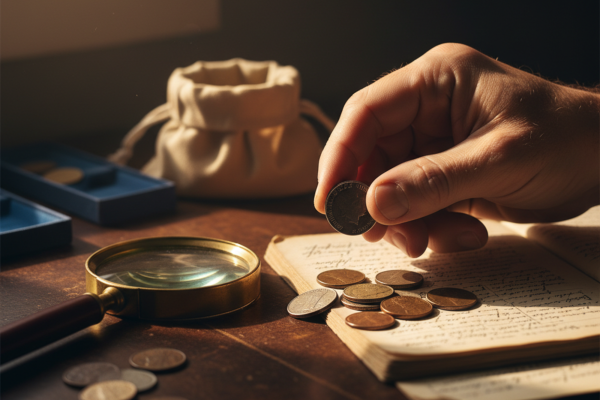Spotting the Fakes: A Collector’s Guide to Authenticating Rare Coins
For dedicated numismatists and investors alike, the thrill of acquiring a rare and significant coin is unparalleled.
Yet, in today’s sophisticated market, the shadow of counterfeiting looms large. With advanced technology, fake coins can be startlingly convincing, making it imperative for collectors to develop a keen eye and a systematic approach to authentication.
At Keywell Collectibles, we believe that an informed collector is a protected collector. This guide provides essential steps and tips to help you discern genuine treasures from deceptive fakes, ensuring your collection remains a source of pride and value.
Why Counterfeits Are a Growing Concern
The global coin market is a lucrative target for counterfeiters. From common date coins with altered mint marks to entirely fabricated rarities, fakes can cost collectors thousands, if not millions. The financial risk, coupled with the erosion of trust, makes vigilance paramount. Understanding how to spot these imposters is your first and best defense.
The First Line of Defense: Know Your Coin
Before you even consider a purchase, thorough research is non-negotiable. Familiarize yourself intimately with the coin you intend to acquire:
- Specifications: Understand the exact weight, diameter, thickness, and metal composition.
- Mint Marks & Dates: Know the correct placement, style, and known varieties for specific dates and mints.
- Design Details: Study the artwork, lettering, and unique characteristics of the genuine coin from reliable sources like the “Red Book” (A Guide Book of United States Coins) or reputable online databases (PCGS, NGC).
- Known Errors & Varieties: Be aware of any recognized die cracks, doubling, or other anomalies that can differentiate genuine coins.
Visual Inspection: A Closer Look
Once you have the coin in hand, a detailed visual examination is crucial. A magnifying glass (10x power is ideal) is your best friend here.
- Luster and Patina: Genuine coins typically exhibit a natural, undisturbed luster or a consistent, aged patina. Fakes often have an artificial, overly bright, or dull appearance. Be wary of coins that look “too perfect” or have an inconsistent toning.
- Strike Quality: Authentic coins, especially those from reputable mints, display sharp, well-defined details, even on high points. Counterfeits often have a “mushy,” soft, or uneven strike, particularly in intricate areas like hair, lettering, or small design elements.
- Tool Marks & Die Breaks: Examine the fields for tiny lines or depressions that might indicate tooling marks from the counterfeiting process. Compare die breaks and other anomalies to known genuine examples.
- Edge Work: The reeding (milled edges) or lettering on the edge of a coin is notoriously difficult for counterfeiters to replicate perfectly. Look for uneven spacing, inconsistent depth, or signs of filing or alteration.
Weight and Dimensions: The Technical Check
Precision is key when it comes to weight and dimensions. Invest in a high-quality digital jeweler’s scale (accurate to 0.01g) and a set of digital calipers.
- Weight: Compare the coin’s actual weight against the official specifications. Even a slight deviation (e.g., 0.1g) can be a red flag.
- Diameter and Thickness: Measure the coin precisely and compare it to official data. Counterfeits can often be slightly off, even by fractions of a millimeter.
Magnet Test (Use with Caution!)
A simple magnet test can sometimes reveal a fake, but it’s not foolproof. Most genuine gold, silver, and copper coins are non-magnetic. If a seemingly precious metal coin sticks to a strong magnet, it’s almost certainly a fake made from an iron or nickel alloy. However, remember:
- Not all fakes are magnetic.
- Some genuine coins (e.g., steel cents, specific wartime coinage) are magnetic. Always know your coin’s composition.
The Ultimate Defense: Trusted Professional Appraisal
While equipping yourself with inspection techniques is vital, the final, most crucial step—especially for high-value or highly suspicious pieces—is seeking a professional, certified appraisal. At Keywell Collectibles, we stand as your definitive shield against the most sophisticated forgeries.
Our expert numismatists leverage decades of experience and access to proprietary authentication databases to provide the absolute guarantee of authenticity your collection deserves. Don’t let the shadow of counterfeiting compromise the value or integrity of your portfolio. When you’re ready to confirm the provenance, condition, and true worth of your rare coins, trust the experts who are dedicated to protecting your legacy.
Collecting rare coins is a rewarding journey. By arming yourself with knowledge, exercising diligence, and utilizing trusted resources, you can navigate the market with confidence and protect your valuable acquisitions.
Ready to verify your treasure?
Get started on your appraisal and take the guesswork out of collecting.
Contact Keywell Collectibles now to begin the professional appraisal and authentication process for your most prized coins.
Call Us at (313) 770-7582 or start your appraisal process here: keywellcollectibles.com/contact-us/




